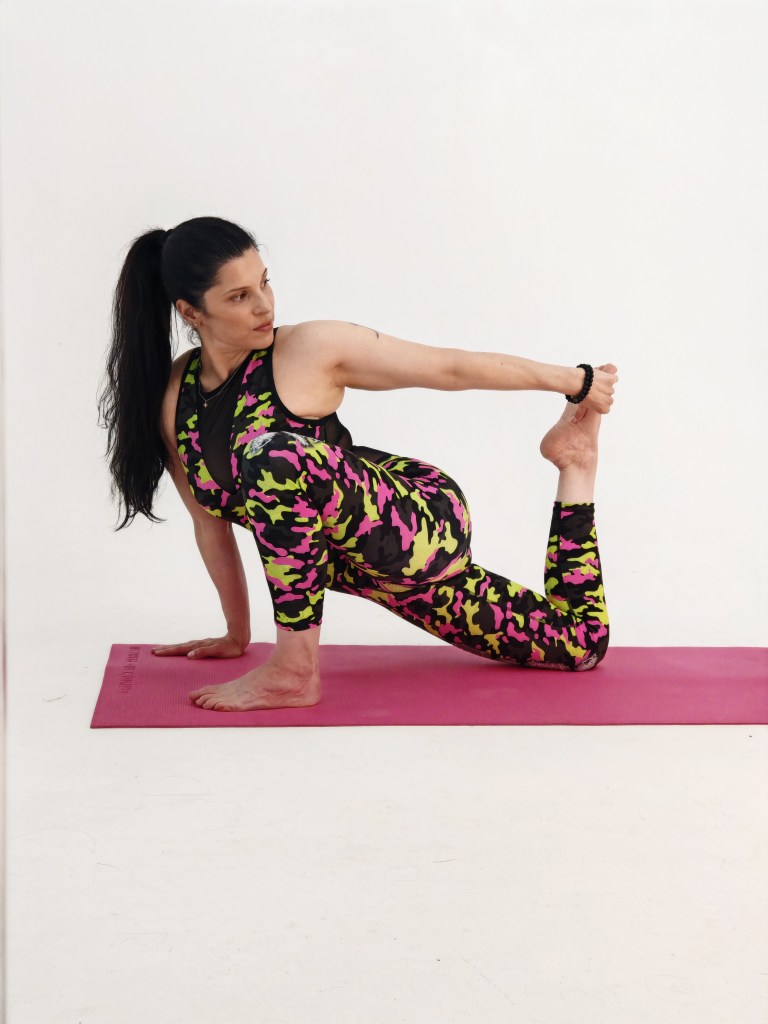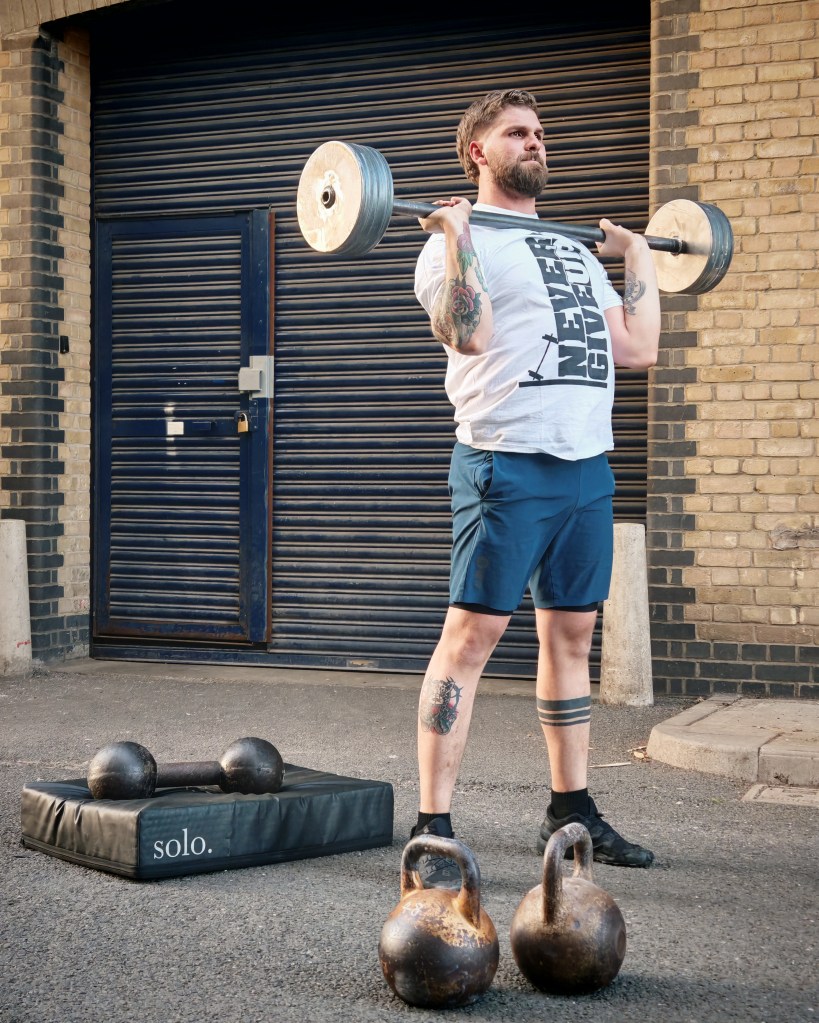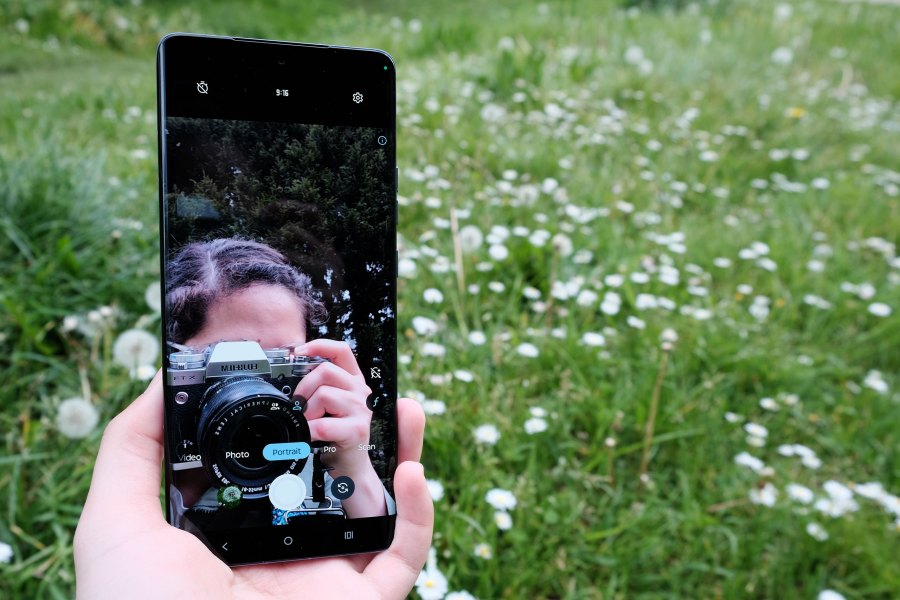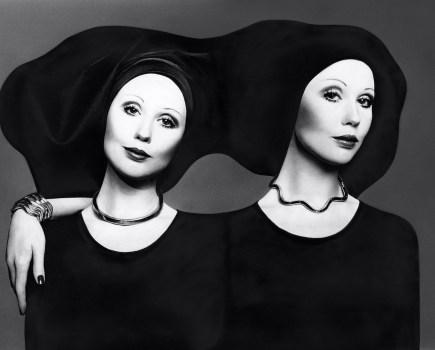When I tell people that I brought two mid-range phones with me to a studio portrait photoshoot, I almost feel like there should be a punchline there, somewhere.
Except I really did bring two mid-range smartphones I’ve recently reviewed to a photoshoot, the Motorola Edge 50 Pro and Honor 200 Pro, both of which have been released with extra goodies for portrait photographers in their respective Portrait modes.
The Motorola Edge 50 Pro gives you the option to shoot in various focal lengths: 24mm, 35mm, 50mm and 85mm (equivalents). The Honor 200 Pro, meanwhile, uses AI and a series of filters developed with French Photo studio Studio Harcourt (which are meant to replicate the professional studio photography look) that are part of its Harcourt Portrait mode.

The options include Harcourt Classic (for black and white images with very dramatic lighting), Harcourt Colour (similar to Harcourt Classic but in colour) and Harcourt Vibrant.
Here’s what rocking up to a portrait photoshoot in a studio with two phones was like.
Shooting inside the studio
The shoot took place at Studio 101, a South-East London studio that regularly runs themed events for creatives to network and create work for their portfolios. This shoot’s theme was Fitness.
I took my first few photos on a phone tripod I brought. There was a white background in the back and studio lights on both sides of the model, who did some yoga poses for me and other photographers.

I ditched the tripod early on. I mostly use it to film myself unboxing products, but I never quite feel like I’ve got a good handle on a phone. Especially phones without curved screens and cases. The tripod annoyingly also ends up covering things like the record button.
I’d like to say it wasn’t embarrassing to be furiously snapping away with a phone in hand when everyone around me was holding some sort of camera, but it was. Phones, and especially very light phones, feel very different in hand when compared to the feeling of holding a camera, even if it’s a compact camera. I also held them vertically rather than horizontally, which is much easier and natural to do on a phone as opposed to a camera.
Both phones did well inside the studio, but it was notable early on that the Motorola lagged behind the Honor phone in terms of processing and I’d be left waiting several seconds in between shots. I hadn’t noticed the lag too much beforehand but if you’re shooting several photos at a time, and if your subject is moving, this is less than ideal.

Shooting outside the studio and inside a gym
I decided to leave my tripod behind at the studio and went outside with some other photographers. Another model waited for us at Commando Temple, a gym right next to the studio.
There, I got more dynamic shots, moving between outside the gym and inside. I also got more action shots, as the model demonstrated his skills at lifting weights and boulders.

This is where the Motorola phone’s inability to keep up became more of an issue and as a result, I ended up taking more photos on the Honor phone.
That being said, the Motorola phone’s different focal lengths did come in particularly useful for static shots, providing a beautiful among of bokeh. The 85mm telephoto option is insanely good or frighteningly bad depending on how you feel about seeing every minute detail of your face, but I mostly avoided it as I wanted to get the scenery of the gym in.

Leaving my tripod behind ended up being a good move as I ended up moving quite a bit, the usual getting down on the floor for angles as well as some back and forth to avoid relying too much on either phone’s zoom, much more than I’d usually move around if using my Fujifilm X-T3, which has an 18-55mm lens.
In general, I found that I had to stand much closer to the models than almost everyone else. The experience reminded me of taking photos with my Olympus Mju I fixed lens compact camera.

I also went into this shoot relatively unprepared in terms of thinking what kind of shots I wanted as I did not know which models would be there, etc. so I had to improvise.
While the Honor 200 Pro’s Harcourt Portrait mode options looked particularly good inside a studio with studio lighting, they also gave me impressive-looking photos outside (as well as inside the gym with no studio lighting).

Conclusion
I was quite happy with my images – so happy I’ve added a selection of them to my portrait photography portfolio. Among the advice given to up-and-coming creatives is to create with what you’ve got and with phone cameras getting better and better (and not just the flagships), you can get quality photos and videos with your phone.
This was quite a unique experience and while I will not be parting ways with my mirrorless camera anytime soon, as a content creator and photographer building up a portfolio, I won’t be leaving the house without my phone (or Olympus Mju I) in my pocket, just in case.
The views expressed in this column are not necessarily those of Amateur Photographer magazine or Kelsey Media Limited. If you have an opinion you’d like to share on this topic, or any other photography-related subject, email: [email protected]
Related content:
- The best budget camera phones
- Best smartphones for portrait photography
- Complete guide to Portrait photography and portrait types
Follow AP on Facebook, Twitter, Instagram, YouTube and TikTok.







